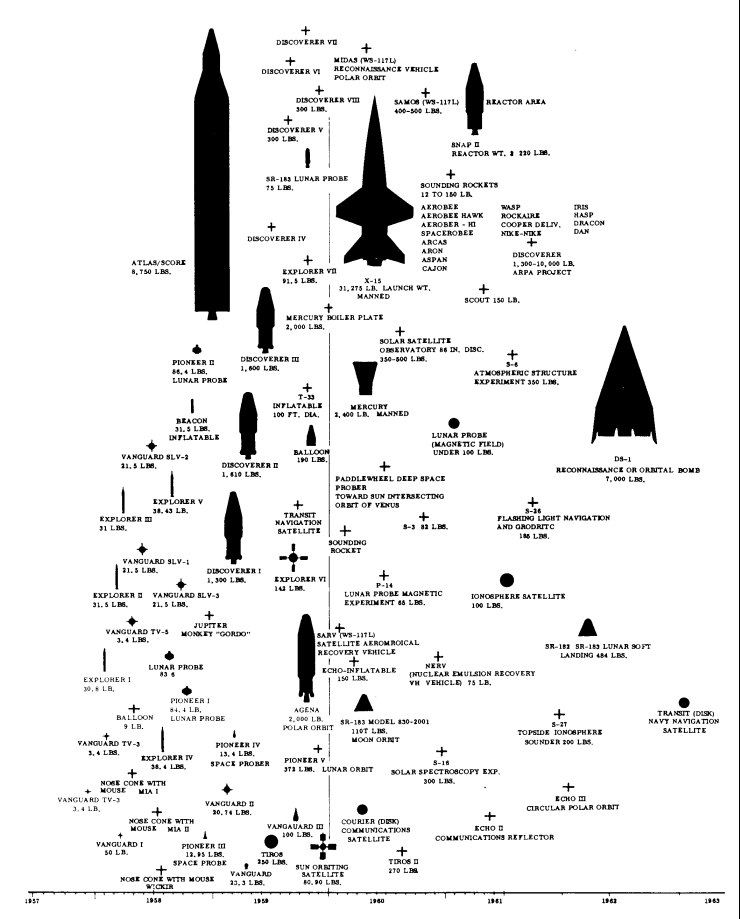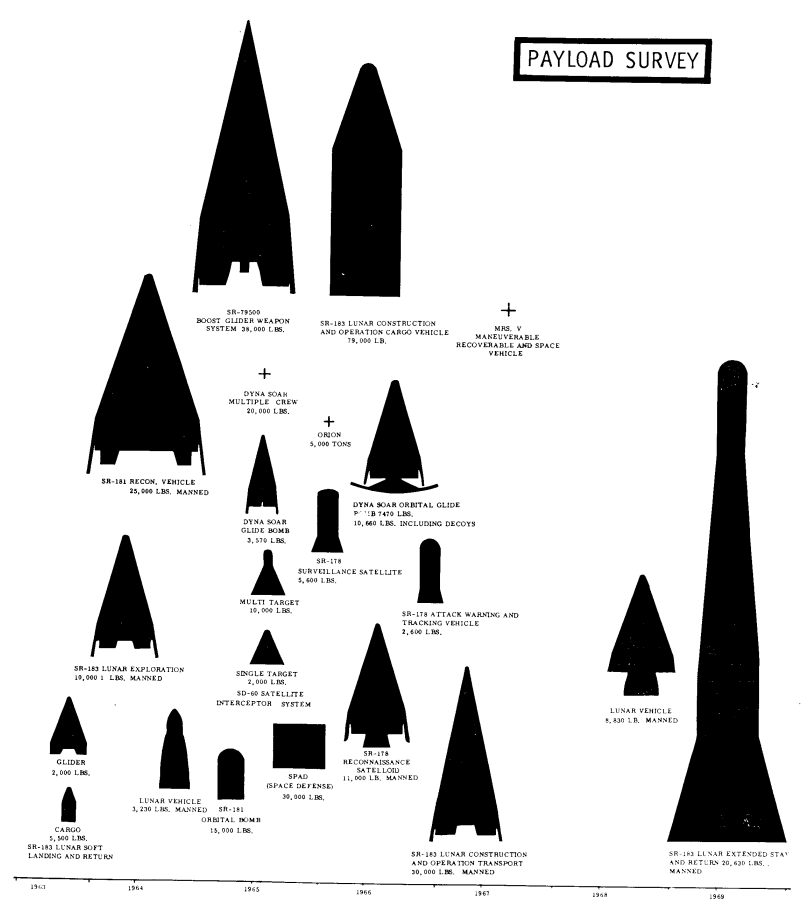Mostly packed, though I’m still at a bit of a loss as to how exactly I’ll deal with the cats. The sun is about to go down; some car packing, and then I’ll go out and look at the Milky Way for a while. Assuming I don’t get canned right off the bat (you never know), I suspect it’ll be a good long while before I see the night sky again. That close to primary targets like Baltimore and D.C., the night sky is more of a “theory” than a “fact.”
Sigh.
Oh, well, maybe one of these days a platinum meteorite the size of a grapefruit will hit my house and I’ll be able to afford an old missile complex somewhere out in the middle of nowhere. Admit it… you’d want one of these too.


















